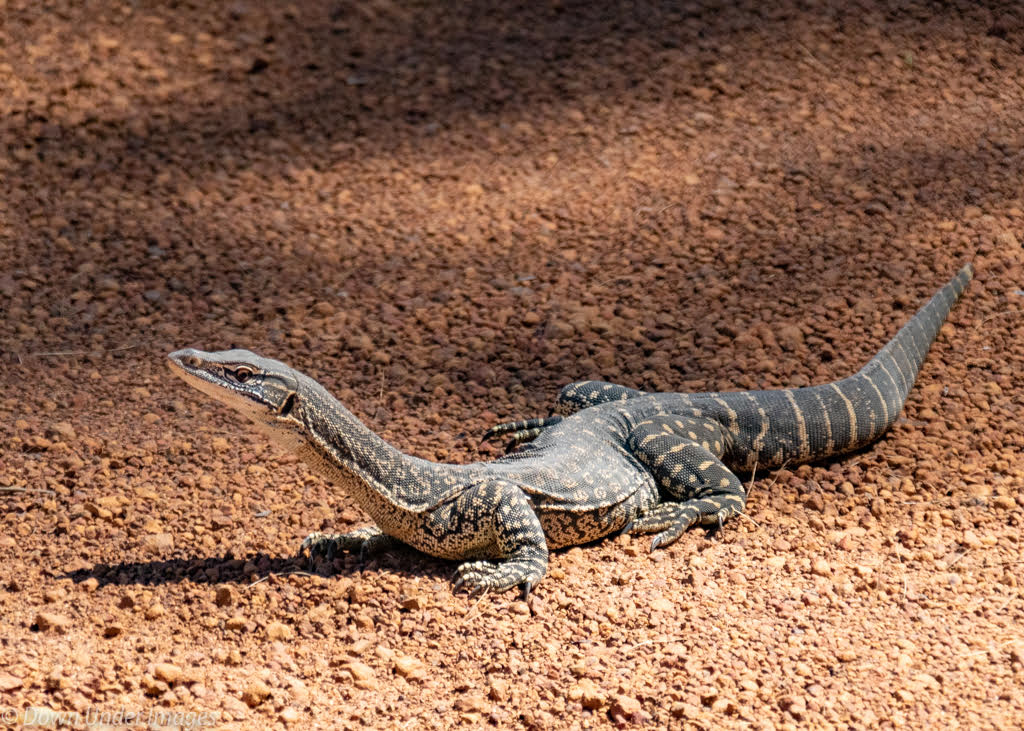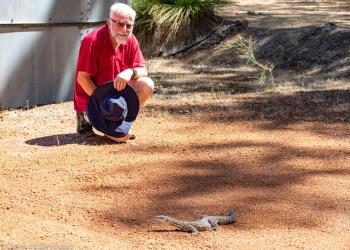Conditioned taste aversion - as applied to goannas
By Judy Evans
@JudyEv (345033)
Rockingham, Australia
April 17, 2024 2:58am CST
In 1935 cane toads were introduced into Queensland from South America, in the hope of controlling cane beetles that were damaging sugar cane crops. However, they multiplied rapidly and have now spread across the whole top end of Australia and are making their way down the west coast.
They have no natural predators. Native predators such as crocodiles, snakes, goannas and birds succumb to the toxins present in the skin of the toads. When the toads arrived in some areas, 90% of the goanna population perished.
Researchers are now training goannas to avoid the toads by feeding them enough of the toxin to make them sick but not enough to kill them. This ‘conditioned taste aversion’ has proven very successful and the ‘teacher toad technique’ might be applied to other species.
Goannas are important in keeping a balance with an ecosystem. Goannas are also an significant source of ‘bush tucker’ for aborigines and an important totem.
The photo of a sand monitor/racehorse goanna was taken in our garden in Donnybrook.
12 people like this
13 responses


@LadyDuck (472426)
• Switzerland
18 Apr
@JudyEv They introduce animals that do not have natural predators in that area, then they regret their decision. Now we have an invasion of North American crayfish invading our lakes and streams and they are killing the native specie. Who is the idiot who brought them in and threw in the lake is unknown.
2 people like this


@snowy22315 (184611)
• United States
18 Apr
@JudyEv So, I was wondering, where do you come down on the whole Tasmanian tiger thing? It sounds like they are still around despite their extinct cattegory. I don't think it is going t stop scientists from trying to lab create them though.
2 people like this
@JudyEv (345033)
• Rockingham, Australia
18 Apr
@snowy22315 In case I'm misunderstanding, the spotted quoll is a separate species. The Tasmanian tiger is still considered extinct but there is also a Tasmanian devil which might be under threat but certainly isn't extinct. I haven't heard anything lately about them trying recreate the tiger but it could still be going on.
1 person likes this
@dgobucks226 (35972)
•
20 Apr
Seems the toads have created a major problem for the ecosystem. Have they thought about exterminating some of them to keep their numbers under control?
2 people like this
@dgobucks226 (35972)
•
23 Apr
@JudyEv Hmm, they multiply just like bunny rabbits. 

2 people like this
@GardenGerty (161927)
• United States
18 Apr
So aversion therapy for lizards. . . neat.
2 people like this
@RebeccasFarm (91527)
• Arvada, Colorado
17 Apr
A cool photo thanks Judy.
This is wonderful that the goannas are helping.
What does bush tucker mean?
1 person likes this
@wolfgirl569 (110833)
• Marion, Ohio
17 Apr
It used to be thought to be a good idea. Now we know it's not smart to put species where they don't belong
2 people like this
@Fleura (30907)
• United Kingdom
24 Apr
Funnily enough I just read about that too
By the way I think 905 is meant to be 90% in your post
Australia can claim more than its fair share of environmental blunders, but the introduction of cane toads in 1935 surely ranks as one of the worst.
1 person likes this
@LindaOHio (183827)
• United States
17 Apr
These invasive species are always a problem. Your goanna is quite handsome. Have a good day.
2 people like this
@LindaOHio (183827)
• United States
18 Apr
@JudyEv Same here in the US with many invasive species.
2 people like this
@Beestring (14866)
• Hong Kong
17 Apr
Yes, goannas are helping to keep a balance in the ecosystem.
2 people like this























